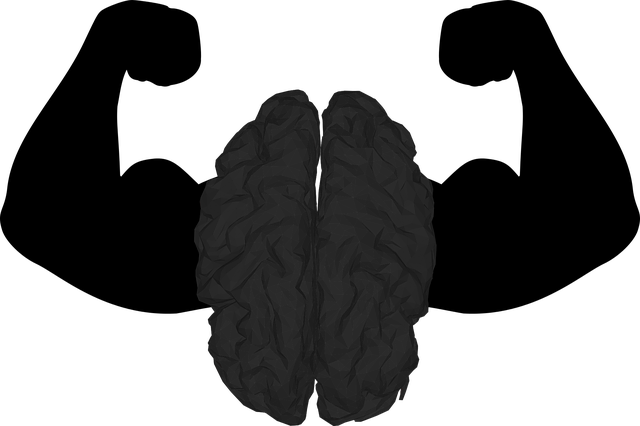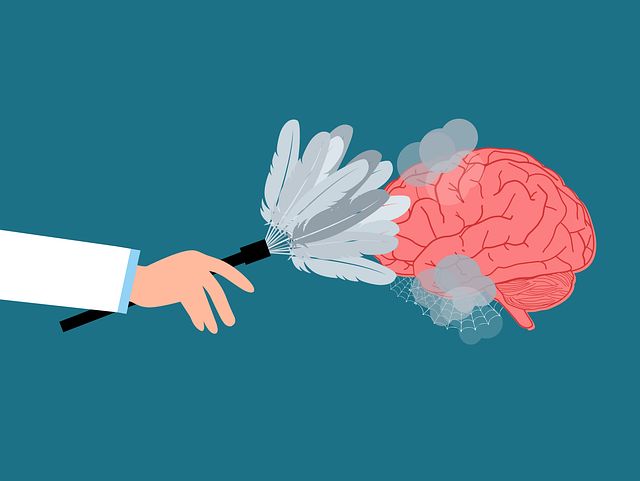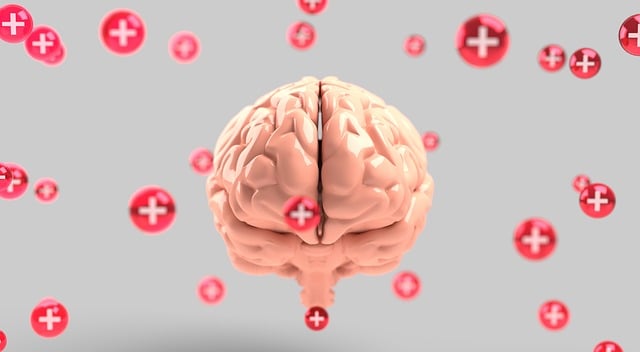Lone Tree Learning Disability Therapy leverages comprehensive mental health data analysis for personalized, effective treatment of individuals with learning disabilities. Therapists gather and meticulously prepare patient information through structured assessments, observations, and surveys to identify patterns and trends. This data-driven approach enables tailored interventions like Self-Esteem Improvement and emotional regulation support. By interpreting unique strengths, challenges, and patterns, therapists design holistic strategies fostering empowerment and success for each client.
Mental health data analysis is transforming the way we approach treatment, especially at institutions like Lone Tree Learning Disability Therapy. This article delves into the critical process of understanding, collecting, and preparing mental health data, highlighting its potential to reveal profound trends and patterns. We explore how analyzing this data allows for personalized treatment approaches, ultimately enhancing care at Lone Tree Learning Disability Therapy. By leveraging data-driven insights, the therapy center can better serve individuals with learning disabilities.
- Understanding Mental Health Data: Collection and Preparation
- Analyzing Patterns and Trends in Lone Tree Learning Disability Therapy
- Interpreting Findings for Personalized Treatment Approaches
- Enhancing Care through Data-Driven Insights at Lone Tree Learning Disability Therapy
Understanding Mental Health Data: Collection and Preparation

Understanding Mental Health Data begins with recognizing the importance of comprehensive and accurate collection methods. Lone Tree Learning Disability Therapy emphasizes that data should encompass various aspects of mental health, including symptoms, behaviors, and personal narratives. This involves gathering information through structured assessments, clinical observations, and self-reported surveys. By integrating diverse sources, therapists can gain a holistic view of an individual’s mental wellness journey.
Preparation of this data is crucial for meaningful interpretation. It entails cleaning and organizing the collected information to ensure consistency and accuracy. Therapists might employ techniques such as data normalization, categorization, and coding to facilitate analysis. This meticulous process allows for the identification of patterns, trends, and correlations, enabling professionals to tailor interventions effectively, focusing on areas like Self-Esteem Improvement or managing specific emotional regulations challenges.
Analyzing Patterns and Trends in Lone Tree Learning Disability Therapy

Analyzing Patterns and Trends in Lone Tree Learning Disability Therapy involves a meticulous examination of patient data to uncover insights that can significantly improve treatment outcomes. By delving into records, therapists can identify recurring patterns in learning disabilities, behavioral issues, and emotional responses. This process is akin to piecing together a complex tapestry, where each thread represents an individual’s unique journey. The goal is to discern not just the prevalence of certain conditions but also the factors that contribute to them, such as environmental influences or co-occurring disorders.
Through this data analysis, mental health professionals in Lone Tree can refine their therapeutic approaches. For instance, identifying peak periods for anxiety or depressive episodes can inform timely interventions. Additionally, understanding trends in patient demographics and treatment responses aids in tailoring services, ensuring that the emotional healing processes are accessible and effective for all. Moreover, risk assessment becomes more precise when patterns suggest potential triggers, enabling proactive measures to prevent issues like depression prevention among vulnerable populations.
Interpreting Findings for Personalized Treatment Approaches

When analyzing mental health data, particularly for individuals with learning disabilities like those supported by Lone Tree Learning Disability Therapy, interpreting findings is key to tailoring treatment approaches effectively. Each person’s journey with mental health is unique, shaped by a complex interplay of factors. By delving into the specific strengths, challenges, and patterns within an individual’s data, therapists can design personalized strategies that resonate on a deeper level. This nuanced approach goes beyond generic interventions, fostering a more engaging and successful therapeutic process.
For instance, data might reveal areas where self-esteem improvement is needed, highlighting opportunities to implement empathy-building strategies that strengthen the client’s sense of worth. Conversely, if emotional well-being promotion techniques are already effective, therapists can double down on these methods, integrating them into broader goals for overall mental health enhancement. The goal is not just symptom reduction but a holistic transformation where individuals feel empowered and equipped to navigate their unique mental landscapes.
Enhancing Care through Data-Driven Insights at Lone Tree Learning Disability Therapy

Mental health data analysis is a powerful tool that offers valuable insights into the complex landscape of learning disability therapy. By understanding and interpreting this data, professionals at Lone Tree Learning Disability Therapy can enhance patient care through personalized treatment approaches. Through careful collection, preparation, and analysis, they uncover patterns and trends that guide evidence-based decisions, ultimately improving outcomes for individuals navigating their unique challenges. This data-driven approach positions Lone Tree as a leader in innovative mental health care.













